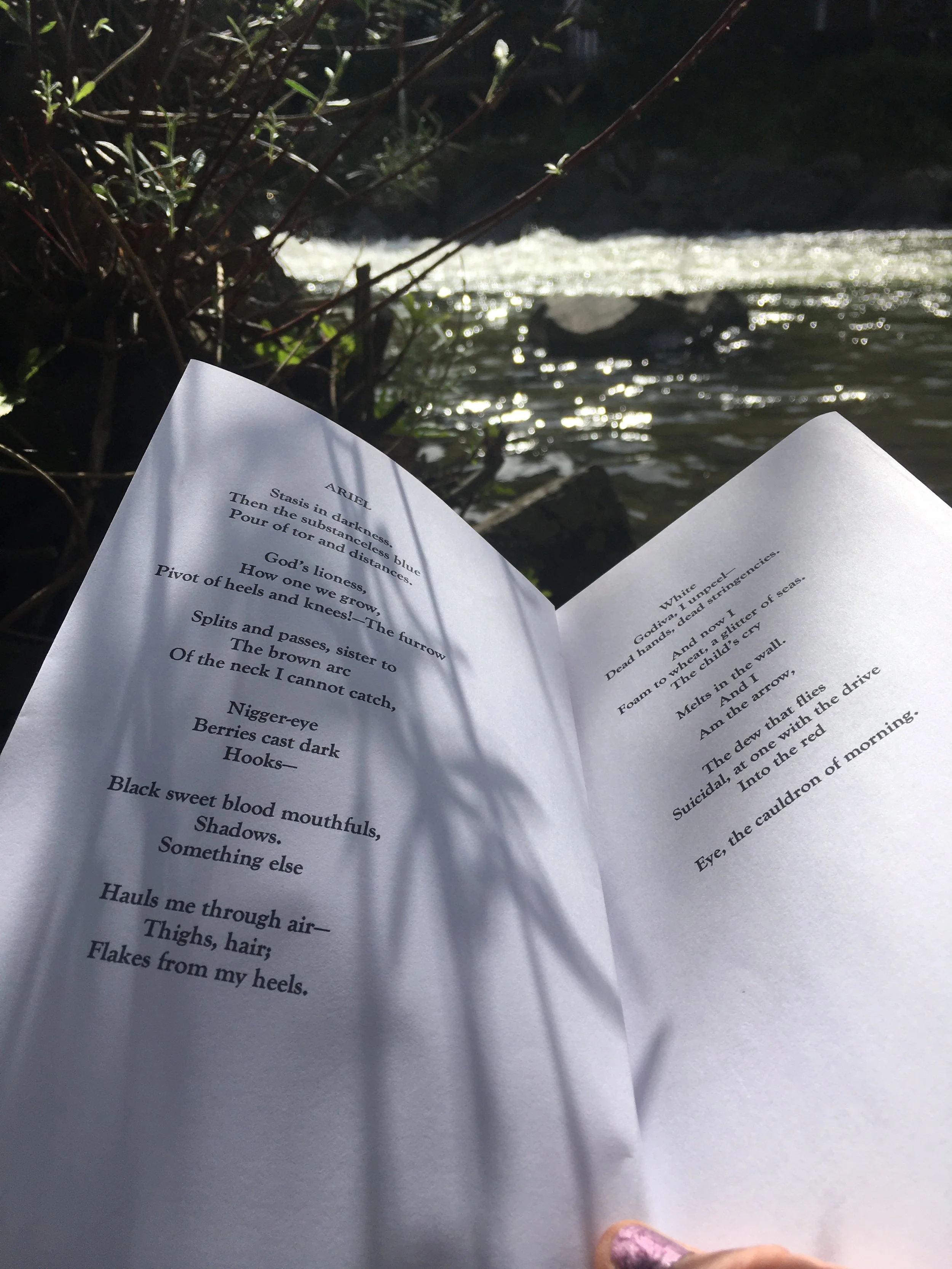Bittersweet Colours
/We human beings use our sense of sight a great deal. When I ask writing students to utilise sensory impressions in their writing, sight is the one they find easiest.
They fill their stories with colour, in order, partly, to avoid the more awkward task of wrestling smell or taste on to the page.
Colours are on my mind a lot at the moment, because, for my two-year old son, the colour of the trousers people are wearing in the street is the most interesting thing about them. The other day, as we were driving along the road on the way to the crèche, he gave a cry as he spotted a pair that he particularly liked. ‘White trousers’ I trumpeted. ‘No. Purple trousers’ he corrected, and would not be budged on the issue. When I looked again, I had to concede he was right. Those trousers would have sold in the shop as being white, but in the early morning light they were a pale shade of purple- ‘lavender blush’ perhaps.
We think we know what colours we are observing, but do we really? Are we really writing about what we are seeing, or only about what we think we are seeing?
This week we had two days of beautiful sun sandwiched between the rain. On the first of those days I decided to watch the sun set over the mountains. The landscape transformed as each colour of light fell on it- pink, then orange, then yellow. It made me realise how limited my vocabulary was. So the next day, I repeated the exercise with a dictionary of colours in hand. That evening the sunset was even more fabulous. Having a wider vocabulary meant I could actually see more colours. The sky was ‘cornflower blue’. The glorious sunset was ‘fuscia pink’, ‘bittersweet’ (that’s a nearly-orange colour) and ‘jonquil’ (that’s the yellow). I’d be lying if I said I saw ‘atomic tangerine’ or ‘hot magenta’, but I’m hopeful for next time.
First Published February 8th 2013
On this subject, perhaps you’d like try the following exercise:
Writing Prompt: Colours
Go outside and watch the sun rise, or set. Take a dictionary of colours with you. Watch very closely and record every hue that you see. Just what you see. Not what you think you see. Don’t ignore the colours that defy classification, wrestle them on to the page.












Winter Solstice Competition Runner-up: Hannah Ray, with You Were Born in a Pandemic